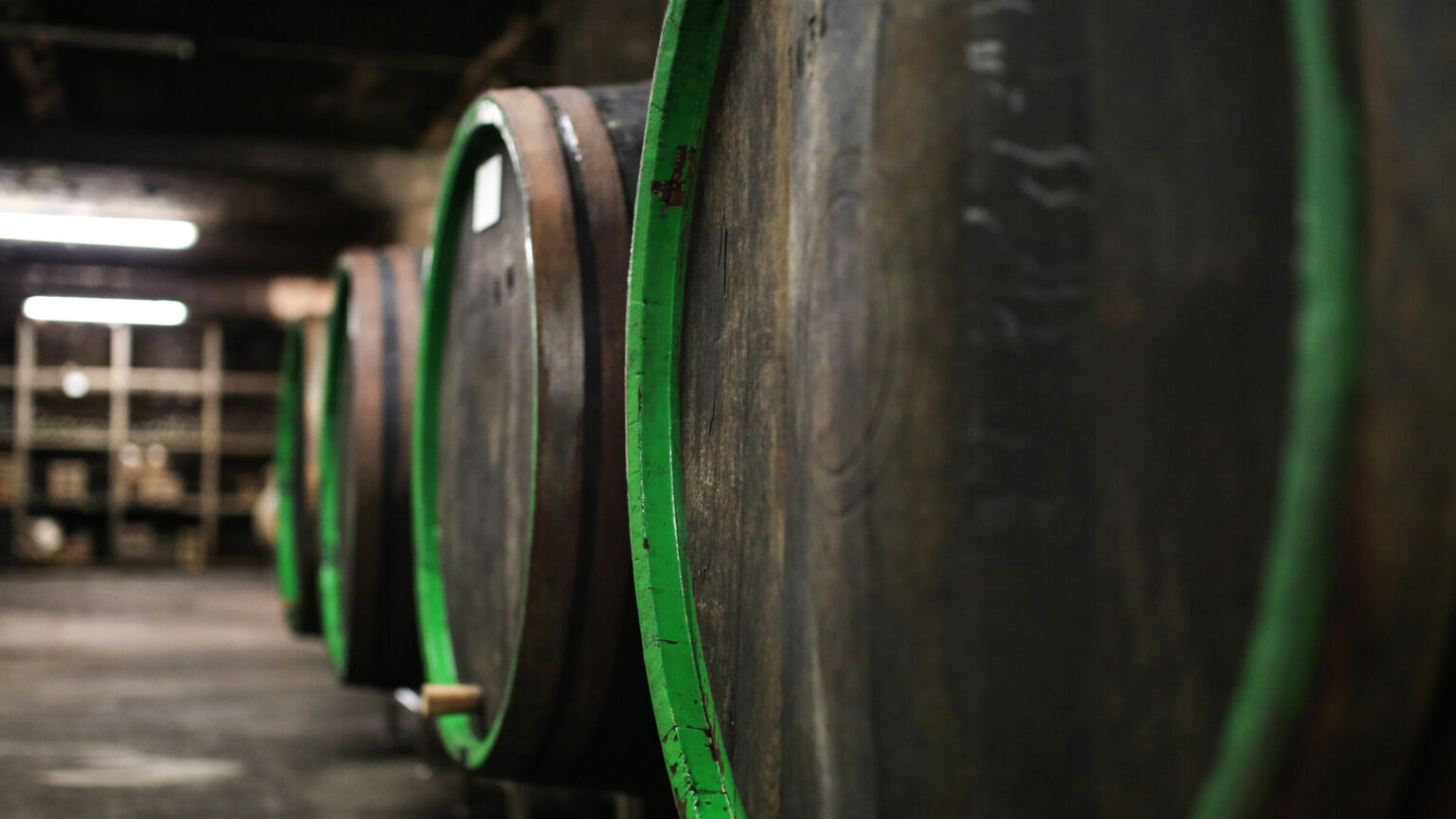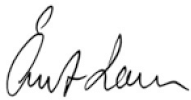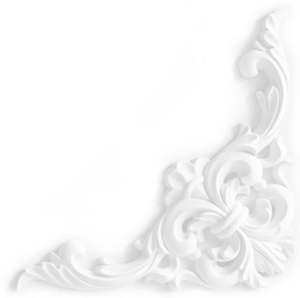

What I mean by this statement is that a wine does not come into being by itself. Great wines only come about through the clear ideas of the winemakers, which affect every aspect of production, from the vineyard to the cellar.
After 1945, German wine was considered historically burdened, which is why discerning wine lovers mostly sought their vinous treasures elsewhere. As a result, German wine quality declined, as it became more unpopular and less in demand.
This was the historical situation in which, at the end of the 1980s, I began to make wine at the family estate. The fight against the rejection and devaluation of German wine, and especially Riesling, became my primary motivation. I wanted to make great Mosel Rieslings. And in the process, the question of “how” became more and more important. How, I wondered, had our ancestors produced Rieslings that were so revered worldwide and often fetched the highest prices.
It became increasingly clear over time that returning to traditional winemaking was the way to produce great, distinctive Rieslings that can also prove their uniqueness in our globalized wine world.
In 1981, after reading a book by Dr. Dr. Karl Christoffel, in which he described that in Goethe’s day it was quite common to leave Rieslings from the Rhine and Mosel in barrel for 20 to 30 years, I decided to try this out and kept a 1981 Wehlener Sonnenuhr Spätlese in the traditional “Fuder” barrel. We finally bottled the wine in 2008, and it has now been in the bottle for over ten years. It is truly amazing. I call it my “Benjamin Button” wine, after the film adaptation of the same name starring Brad Pitt, whose movie character appears younger and younger as he ages. The 1981 is still incredibly fresh. The initial cider aroma that it had at bottling continues to fade as the true Riesling character emerges. With each bottle we open, it seems more and more youthful!
When I read that wines were aged 20 to 30 years in the barrel, I could have sworn that these wines did not correspond to our current zeitgeist. I figured that, at that time of Christoffel’s book, madeirized and slightly oxidative wines were in fashion (as I knew from England). But through “learning by doing,” the wine that resulted was completely different from what the conventional winemaking wisdom (and my own imagination) would have predicted. Above all, it showed that we know very little about the wine production of the past 200 years!
Another unforgettable example that has extremely influenced my winemaking today, was the visit of an old customer of my paternal grandfather, in the spring of 2008. As a gift, he brought me a bottle of a dry Riesling from my grandfather, I think it was a 1947 Ürziger Würzgarten. Weeks later I opened the bottle and was totally surprised at how drinkable the wine was. It was not brown and oxidized, but instead wonderfully matured, with all the beautiful aromas of an aged Riesling.
Gerade heute, mit der Erfahrung von ‚Premox‘ (prematured Oxidation), sollte man sehr genau unterscheiden, ob der Wein oxidiert ist oder ob er eine schöne Maturation aufweist mit all den typischen Aromen eines gereiften Rieslings.
Naturally, I asked myself how my forebears had made a dry Riesling that could age so beautifully. I had already tasted a great many old Rieslings, back to the 1920s. Mostly, these were the finest selections, with a “serving residual sweetness,” as my maternal grandfather, Dr. Adams, used to say. Without question, they were wonderful wines – a delight, and unique in their style and aging ability.
However, at that time, I was not aware that dry Rieslings from the Mosel could also age as well as 1947 proved. I knew from my father that his grandfather had produced only dry wines. Unfortunately, however, we no longer have any cellar records to show how he did it. They were all lost after the war.
My father did tell me that, in my great-grandfather’s day, all the wines were fermented spontaneously in traditional “Fuder” barrels. After fermentation, the wines then remained on full lees in the barrel for at least two years. They have not racked off the lees until bottling, and no bâtonnage was done. The best barrels were left on the lees for up to eight years.
I was so impressed by all of this that, with the 2008 vintage, we switched the entire vinification of our dry wines back to spontaneous fermentation in wooden barrels. Subsequently, all dry Rieslings were initially left on the lees for twelve months, without bâtonnage. Starting with the 2011 vintage, we began to age the wines from our best and oldest sites, from three different Grosse Lage vineyards, on the full lees for 24 months. After bottling, the wines are held for another one to three years before they are released.
Die Weine mit zwölf Monaten Hefelager werden nach der Abfüllung, in der Regel ab Anfang November, auf den Markt gebracht. Die Weine mit 24 Monaten Fasslager kommen nach zwei- bis dreijährigem Flaschenlager in den Verkauf.
We don’t do bâttonnage in these wines because we prefer to maintain a reductive environment in the barrel, as a counterpoint to the micro-oxygenation that occurs through the wooden staves. Stirring the lees would kill off the remaining active yeast cells, which maintain the reductive balance. It would also make the wines fatter and richer in texture. But we prefer more of an elegant style!
The very exciting question we are now exploring is: How are wines from the same grape variety and vineyard site affected by different periods of extended maturation on the lees? So far, our experience shows that a wine that has been on the lees in the barrel for one year shows itself to be a little more rustic and unruly than wine with two years of lees contact and two years of bottle age. Although one might assume that longer barrel ageing, as well as additional yeast contact, would lead to a more oxidative result, we have seen just the opposite.
In our experience, the wines become more elegant and refined, with fine extract sweetness, beautiful structural harmony, and very delicate aromas that are seductively charming.
Obwohl man annehmen könnte, dass ein längeres Fasslager sowie eine zusätzliche Vollhefelagerung eher zu einem oxidativeren Ergebnis führen würden, zeigt unsere Erfahrung genau das Gegenteil. Wir erleben, dass die Weine sich eher eleganter und feiner präsentieren, mit feiner Extraktsüße, sehr zarten Duftnoten – alles in allem verführerisch und unglaublich charmant.
But this experiment will probably only become really exciting after 20 years, when I can then put 20 vintages of the wines on the table with twelve months and 24 months of yeast aging in the barrel! Only then will I hopefully find out which vintage does best with which duration of barrel aging."

ERNST LOOSEN
Grape Variety Breakdown: 98% Riesling, 2% Pinot Blanc

T: +49 (0) 6531-3426 F: +49 (0) 6531-4248
E: INFO@DRLOOSEN.DE